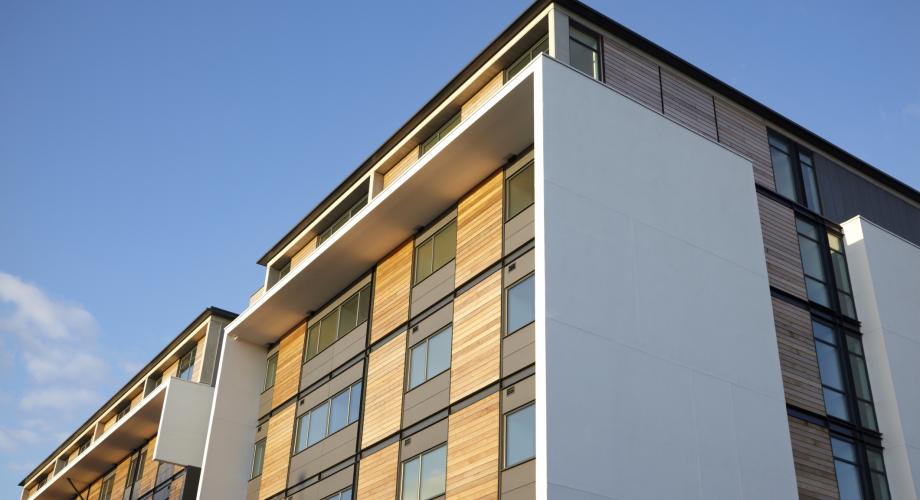New data shows rents have started to decline, in line with what was seen prior to the pandemic.
Rent growth continued its steady decline during the month of September. The October National Rent Report from Apartment List shows the national index dropped by 0.2%, which is typical of this time of year when comparing pre-pandemic years.
Despite the slight dip month to month, rents are still ahead more than 7% year-over-year. This is well below the growth seen at the start of 2022 (nearly 18%), and rents were up more than 17% at this point in 2021. Between 2017 and 2019 rents declined, on average, 0.3% in September.
Rents also declined in 69 of the 100 largest cities. Rochester, N.Y., has seen large increases during the past six months, 12 months and since March 2020. Rochester, along with Grand Rapids, Mich., each had a 10% increase during the past six months, and Rochester has seen 10% growth during the past 12 months. Rochester has also witnessed a 43% jump in rents since March 2020—as has Tampa, Fla.
Sun Belt markets, like San Diego (+8% in the past six months, +12% during the last 12 months and +34% during the pandemic), have seen significant rent growth. However, during the past six months, many of the top 10 cities with rent growth were in the Rust Belt and coastal markets.
Minneapolis has seen slower rent growth during the past 30 months—+2% during the last six months, +3% during the past 12 months and +5% since March 2020. The only city with declines since March 2020 is San Francisco at -1%. While Sun Belt markets have seen large rent growth since March 2020, some of those same markets are among the slowest growers during the past six months—think Phoenix, Las Vegas and Florida metros.
